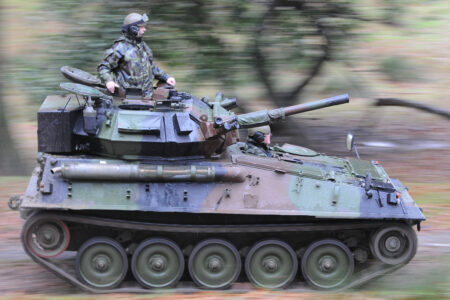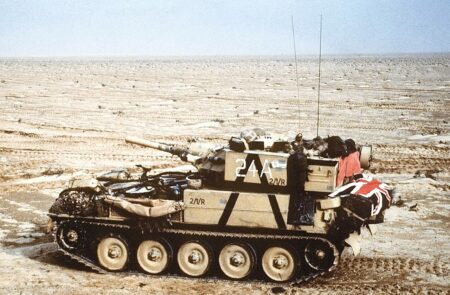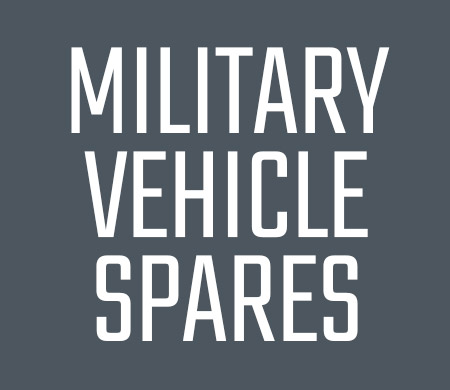Alvis Scorpion Original Parts
Alvis Scorpion: A Cornerstone of British Reconnaissance

Photo Credit: Irish Defence Forces
Alvis Scorpion armored reconnaissance vehicle
Design and Development
The Scorpion’s hull was constructed from aluminum armor for reduced weight, while the turret was made from cast and rolled homogeneous armor (RHA) for enhanced protection. It was powered by a Cummins BTA 5.9-liter diesel engine, providing sufficient power for its operational requirements.
The Scorpion’s main armament consisted of a 76mm L23A1 gun, capable of firing high-explosive (HE), armor-piercing (AP), and smoke shells. This gun provided the Scorpion with the firepower to engage enemy armored vehicles and support infantry units. It also had a coaxial 7.62mm machine gun for engaging infantry and light targets.
Service History
The Scorpion’s agility and firepower made it a valuable asset in reconnaissance roles, allowing it to quickly gather intelligence and engage enemy targets with its powerful gun. It also proved effective in supporting infantry operations, providing fire support and protection against armored threats.

Photo Credit: PHC HOLMES
Export and Upgrades
The Scorpion’s success led to its adoption by numerous militaries around the world, including Oman, Qatar, and Saudi Arabia. It was also exported to several non-governmental organizations, such as the United Nations and the International Committee of the Red Cross.
Over its operational life, the Scorpion underwent several upgrades to enhance its capabilities. These included improved armor protection, advanced fire control systems, and the addition of new weapons such as the 90mm Cockerill Mk3 M-A1 gun.
Retirement and Legacy
The Scorpion gradually began to be replaced by more modern armored vehicles in the late 1990s, such as the Warrior infantry fighting vehicle. However, it continued to serve in various militaries beyond the turn of the century. Some examples are still in use today, primarily in ceremonial roles or for training purposes.
The Alvis Scorpion left a lasting legacy as a versatile and effective armored reconnaissance vehicle. It played a significant role in British Army operations during the Cold War and beyond, demonstrating its reliability, firepower, and maneuverability. Its legacy continues to inspire the development of modern reconnaissance vehicles, upholding the Scorpion’s reputation as a cornerstone of armored reconnaissance.
